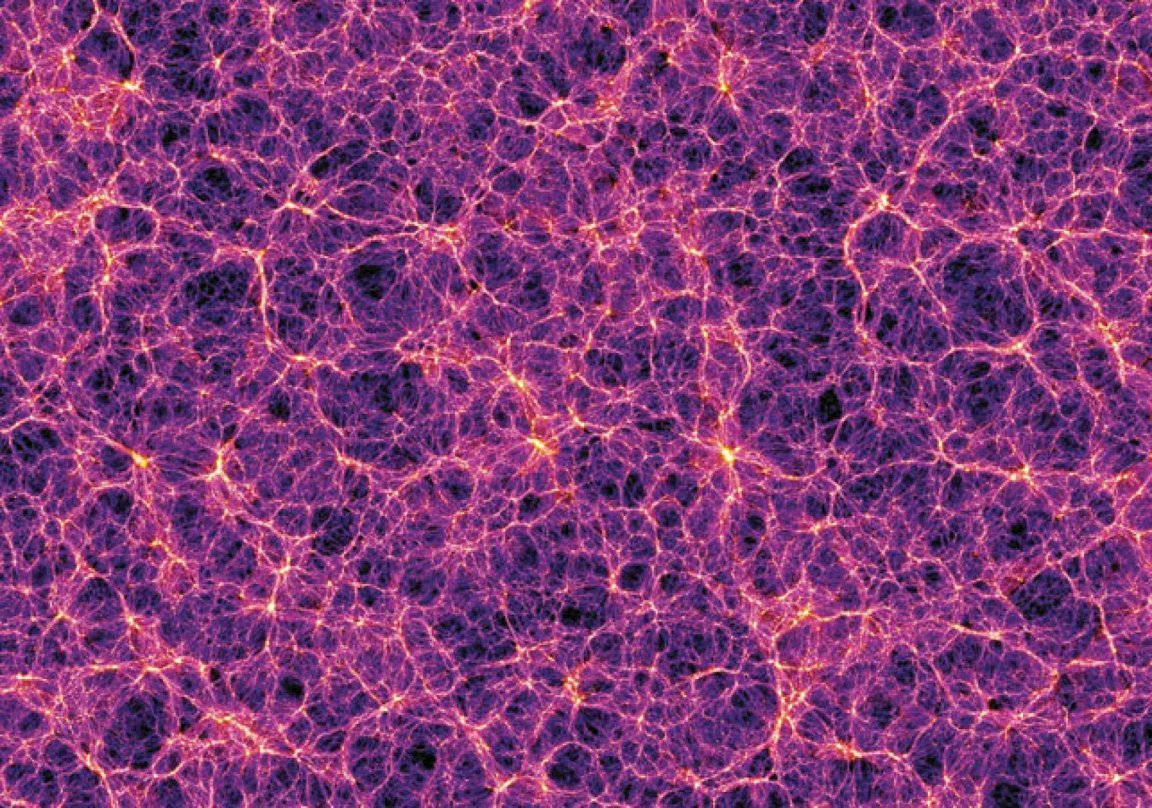
ORDINARY MATTER FORM AND LOCATION
Ordinary matter, which makes up everything we know (stars, planets, you and me), corresponds to only five percent of the Universe. About half of this percentage has not yet been found and has, until now, eluded scientists. However, numerical simulations have made it possible to predict that the rest of this ordinary matter should be located in large-scale structures that form the “cosmic web” at temperatures between 100,000 and 10 million degrees.
Scientists from the University of Geneva (UNIGE), Switzerland, just observed this phenomenon directly. Their research, published in the journal Nature, shows that majority of the missing ordinary matter is found in the form of a very hot gas associated with intergalactic filaments.
Galaxies are formed when ordinary matter collapses and then cools down. Understanding the origin of this formation requires knowing in what form and where the ordinary matter that we do not perceive (called “missing baryons”) is located. To go about this, astrophysicists from UNIGE and the Ecole polytechnique fédérale de Lausanne (EPFL) focused on Abell 2744, a massive cluster of galaxies with a complex distribution of dark and luminous matter at its core. They observed this cluster with the XMM space telescope whose sensitivity to X-rays makes it capable of detecting signatures of very hot gas.
Previous large-scale galaxy surveys have shown that the distribution of ordinary matter in the Universe is not homogeneous. Instead, under the force of gravity, matter is concentrated into filamentary structures, forming a network of knots and links called the “cosmic web”. Regions experiencing the highest gravitational force collapse and form the knots of the network, such as those on Abell 2744. Similar to neural networks, these knots then connect to one another through filaments.
The is where the researchers identified the presence of gas, and consequently, the missing baryons.
The astrophysicists pointed the space telescope in the direction of the areas where they suspected to find these filaments, and found the presence of 10-million degree hot gas structures. For the first time, scientists were able to measure the temperature and density of these objects, and discovered that they corresponded to predictions of the numerical models.
HOW MUCH ORDINARY MATTER IN THE UNIVERSE?
The research provided a significant validation of the models of galaxy formation in the Universe. “Now we must verify that the discovery of Abell 2744’s missing baryons is applicable to the entire universe. This will consist in studying these filamentary regions in detail, and measuring their temperature distribution and the various atoms that compose them, in order to understand how many heavy elements there are in the universe,” says lead scientist Dominique Eckert in the press release.
If the scientists managed to measure the atoms in these filaments, they will be able to estimate the number of heavy nuclei formed by stars since the beginning of the universe. In order to expand this research, the European Space Agency (ESA) is developing a new space telescope, named Athena, which will be operational in the mid-2020s. Switzerland and the researchers from UNIGE are involved in this telescope project.